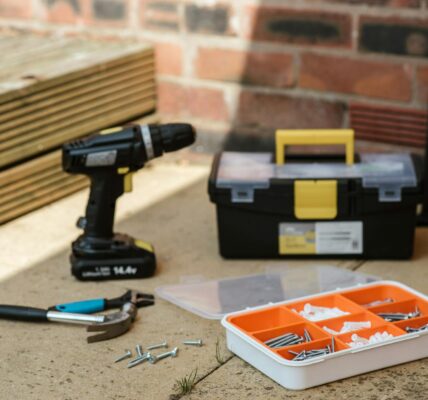Semiconductor fabrication, also known as semiconductor manufacturing or semiconductor processing, involves the production of integrated circuits (ICs) and other electronic components that form the backbone of modern technology. The process requires a variety of raw materials, each playing a critical role in different stages of semiconductor production. Here’s an in-depth exploration of the key raw materials used in semiconductor fabrication.
-
Silicon:
- Role: Silicon is the fundamental raw material in semiconductor fabrication, serving as the substrate (wafer) upon which electronic components are built.
- Source: High-purity silicon is typically derived from quartzite or sand (silica), which undergoes a refining process to achieve purity levels of 99.9999% (6N) or higher.
- Processing: Silicon is grown into single crystal ingots through methods like the Czochralski process, where it is melted and slowly cooled to form a cylindrical crystal structure. These ingots are then sliced into thin wafers for semiconductor manufacturing.
-
Chemicals and Gases:
- Etching Chemicals: Various chemicals are used in the etching process to selectively remove materials from the wafer surface according to defined patterns. Examples include acids (e.g., hydrofluoric acid, sulfuric acid) and bases (e.g., potassium hydroxide).
- Cleaning Chemicals: Ultraclean chemicals, such as sulfuric acid and hydrogen peroxide mixtures (SC1 and SC2), are used for wafer cleaning to remove contaminants and particles.
- Process Gases: Reactive gases, including hydrogen, nitrogen, oxygen, and various fluorinated gases (e.g., CF₄, SF₆), are essential for deposition processes like chemical vapor deposition (CVD) and plasma etching.
-
Photoresists and Solvents:
- Photoresist Materials: Organic polymers sensitive to ultraviolet (UV) light, used in photolithography to define intricate patterns on semiconductor wafers.
- Solvents: Organic solvents, such as acetone and isopropyl alcohol (IPA), are employed in the photoresist development process to remove unexposed photoresist material from the wafer surface.
-
Metals:
- Metal Layers: Thin metal films, such as aluminum (Al), copper (Cu), and tungsten (W), are deposited onto the wafer’s surface for creating electrical contacts and interconnects between semiconductor components.
- Source: Metals used in semiconductor fabrication are typically sourced in the form of high-purity ingots or as deposition targets for physical vapor deposition (PVD) and chemical vapor deposition (CVD) processes.
-
Dielectric Materials:
- Silicon Dioxide (SiO₂) and Silicon Nitride (Si₃N₄): Insulating materials deposited onto the wafer to serve as electrical barriers and protective layers between semiconductor components.
- Source: Dielectric materials are sourced in high-purity forms and deposited using techniques such as thermal oxidation and plasma-enhanced chemical vapor deposition (PECVD).
-
Dopants:
- Phosphorus (P), Boron (B), Arsenic (As), Antimony (Sb): Dopant materials used to modify the electrical properties of silicon, creating n-type and p-type regions necessary for semiconductor device functionality.
- Source: Dopants are sourced as high-purity elemental materials or as compounds suitable for ion implantation and diffusion processes during semiconductor fabrication.
-
Mask Materials:
- Photomasks: Quartz plates coated with light-sensitive materials used in photolithography to transfer circuit patterns onto semiconductor wafers.
- Source: Photomask materials are chosen for their optical properties and durability under UV light exposure, critical for achieving precise pattern definition in semiconductor processing.
-
Packaging Materials:
- Epoxy Resins and Ceramics: Materials used for encapsulating and protecting individual semiconductor chips during packaging and assembly processes.
- Lead Frames and Bonding Wires: Metal frames and wires (e.g., gold, aluminum) used to connect semiconductor chips to external leads or pins in electronic packages.
-
Testing Materials:
- Probes and Test Equipment: Materials and equipment used for electrical testing and characterization of semiconductor devices to ensure functionality, performance, and reliability.
The manufacturing of semiconductors involves a sophisticated ecosystem of raw materials, each carefully selected and processed to meet stringent purity and performance requirements. Advances in material science and manufacturing technologies continue to drive innovation in semiconductor fabrication, enabling the development of increasingly powerful and efficient electronic devices that shape our modern world. Understanding the role of these raw materials is crucial for appreciating the complexity and significance of semiconductor manufacturing in technology advancement.
Hey there! I’m a self-proclaimed Twitter addict and an unapologetic coffee lover.









